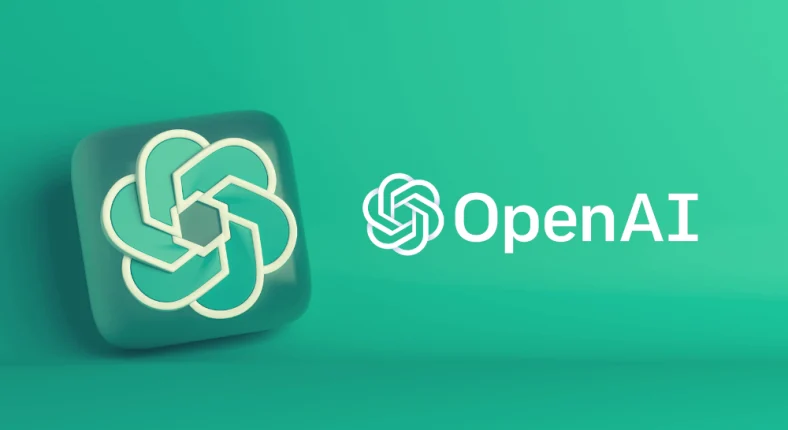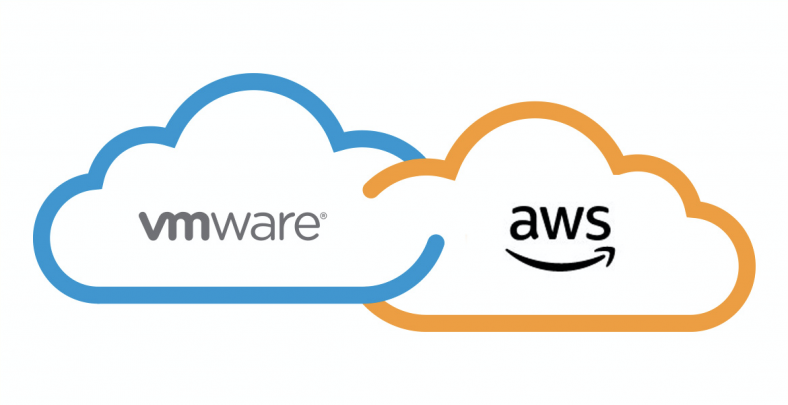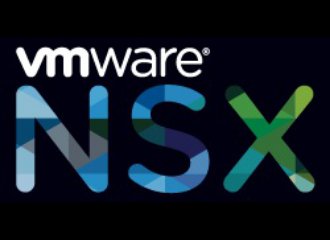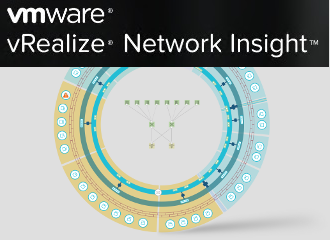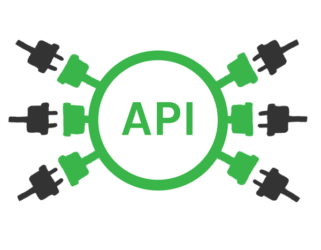As an AI enthusiast who has built multiple AI products, I know the importance of tracking OpenAI API costs, identifying abuse instances and preventing runaway apps. While there are several tools available that enable you to see your API usage by entering the API key, I wanted an effortless and passive monitoring tool to keep track of my API usage.
Keeping this in mind, I developed AI Spend – an intelligent monitoring tool that synchronises your API usage per model in cost, tokens, and requests in an encrypted database. With this tool, you can effortlessly control the costs and … Read more


